
The 2025 NBA free agency has unfolded like a blockbuster summer should, packed with headline-grabbing moves and eyebrow-raising mistakes that could redefine some NBA teams. From Kevin Durant’s high-stakes move to Houston to the Bucks’ shocker involving Myles Turner and the Damian Lillard stretch, the landscape is bursting with potential and peril. Luckily, we’re only halfway through.
In this article, we’ll spotlight the five best signings, those savvy steals and perfect-fit additions shaking up contenders, and the five biggest flops, signings raising serious questions. No spoilers just yet, but expect a mix of bold gambles and flat-out blunders. Let’s roll.
Best Signings
1. Kevin Durant Finally Arriving In Houston
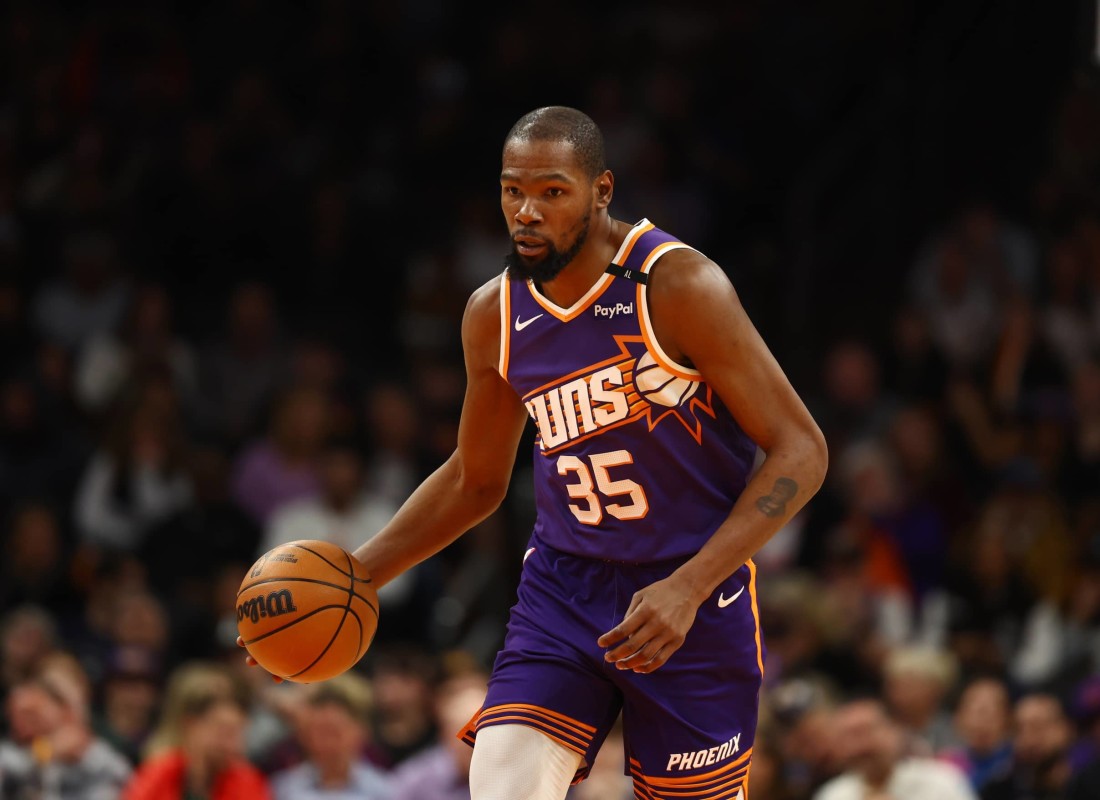
Kevin Durant's move to Houston was packaged in a record-setting seven-team trade, with Houston sending Jalen Green, Dillon Brooks, the No. 10 pick (Khaman Maluach), five second-rounders, plus integrating salary moves involving Capela and others. He lands in Houston on a one-year, $54.7M expiring deal (with a 10% trade kicker), allowing him and both teams flexibility post-season.
This signing instantly vaults the Rockets into legitimate title contention. Durant, still a 26.6-point scorer on elite efficiency (52.7 FG%, 43.0% 3PT), provides the superstar anchor their rebuild needed. Paired with a young core (Smith Jr, Sengun, Thompson), he elevates Houston's offensive arsenal, gives veterans a leader, and establishes credibility in free agency conversations next summer.
2. Atlanta Hawks Nabbing Nickeil Alexander-Walker
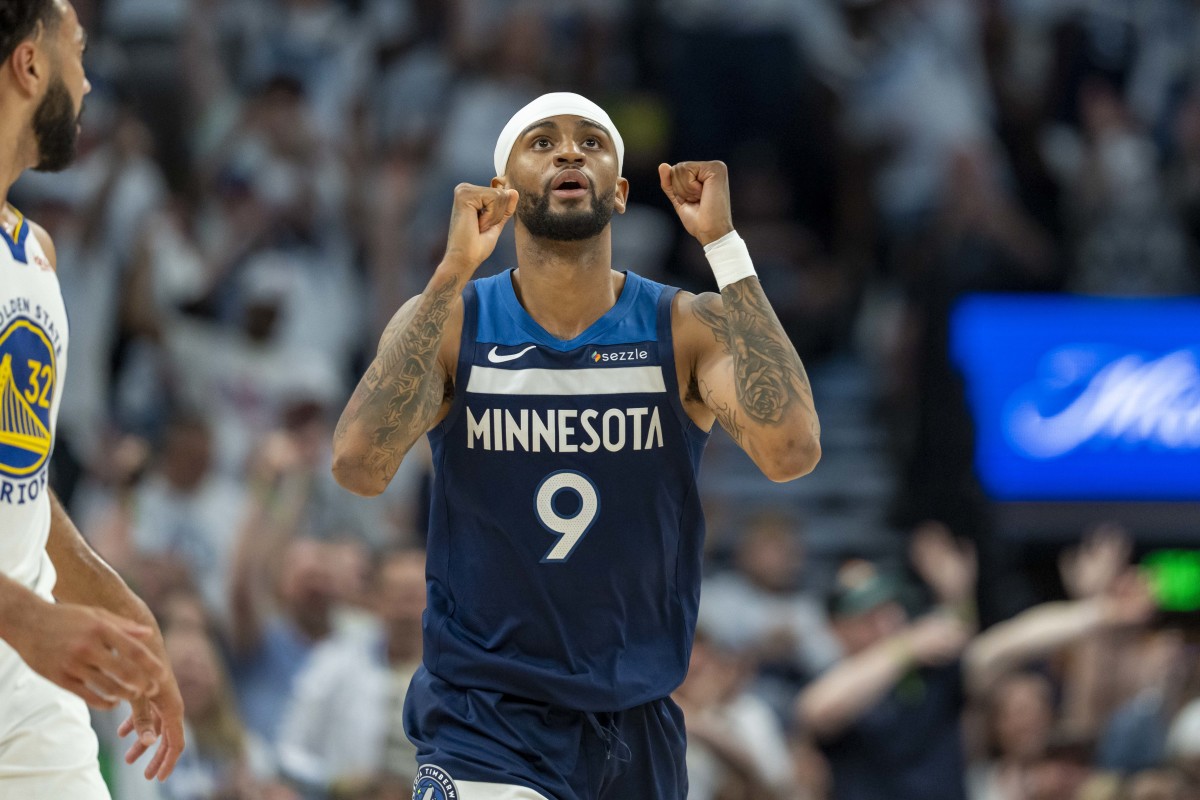
Atlanta acquired Alexander-Walker in a 4-year, $62 million sign-and-trade, sending a 2027 second-round pick and cash to Minnesota; the deal includes a player option and trade kicker for flexibility. He averaged 9.4 PPG, 3.2 RPG, 2.7 APG, played all 82 games, and shot 38.1% from three last season, solid production on a moderate salary.
Alexander-Walker brings two-way versatility for Atlanta, capable of defending wings and spacing the floor as a catch-and-shoot threat (42.1% from deep over two seasons). His youth (turning 27 in September) and his ability to hit key threes and handle late in shot clocks give the Hawks affordable, prime-year depth, ideal for a team aiming to complement Porzingis and Trae Young.
3. Denver Nuggets Bringing Bruce Brown Back

The Denver Nuggets brought back Bruce Brown on a one-year veteran minimum deal (around $3.63M) via the veteran-minimum exception, providing low-cost but high-impact depth. Brown averaged 11.5 PPG, 4.1 RPG, and 3.4 APG per game in 2022-23 in Denver, and his mix of playmaking, athletic defense, and grit helped the team secure the 2023 championship.
His return gives Denver playoff-proven chemistry and continuity, filling the void left by Michael Porter Jr. and blending seamlessly with Nikola Jokic and Jamal Murray. At a modest cap hit (approx. 2% of team payroll), this deal maximizes depth without limiting future flexibility, smart, efficient wins at both ends.
4. Boston Celtics Somehow Moving Jrue Holiday For Anfernee Simons
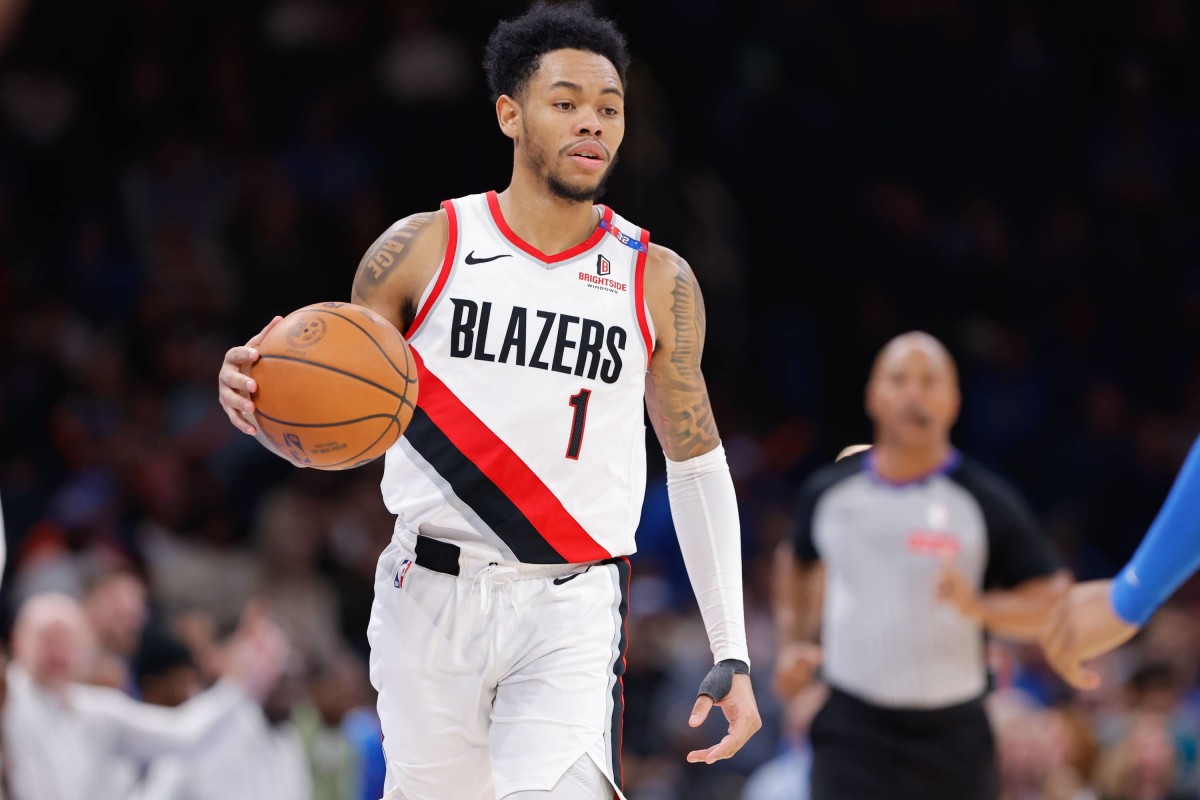
Boston traded 35-year-old Jrue Holiday to the Portland Trail Blazers, receiving 26-year-old Anfernee Simons and two second-round picks in return. Holiday was entering the second year of a recent four-year, $134.4 M extension with $32.4 M due in 2025-26 and escalating to a $37.2 M player option in 2027-28.
Simons arrives on an expiring deal worth $27.7 M for next season, giving Boston around $40 M in luxury tax savings and relieving $72 M in future salary obligations. This trade hits the sweet spot of strategic roster management. Boston sheds a high-cost, aging veteran in Holiday and gains a younger high-upside scorer on an expiring contract.
Simons averaged 19.3 PPG last season and drilled 36.3% from deep (38.1% for his career), offering much-needed scoring punch in Jayson Tatum’s absence. It's hard to imagine a better trade for Holiday since the Celtics are acquiring cap flexibility, draft assets, and keeping future options open.
5. Jordan Clarkson Fortifies New York Knicks' Bench
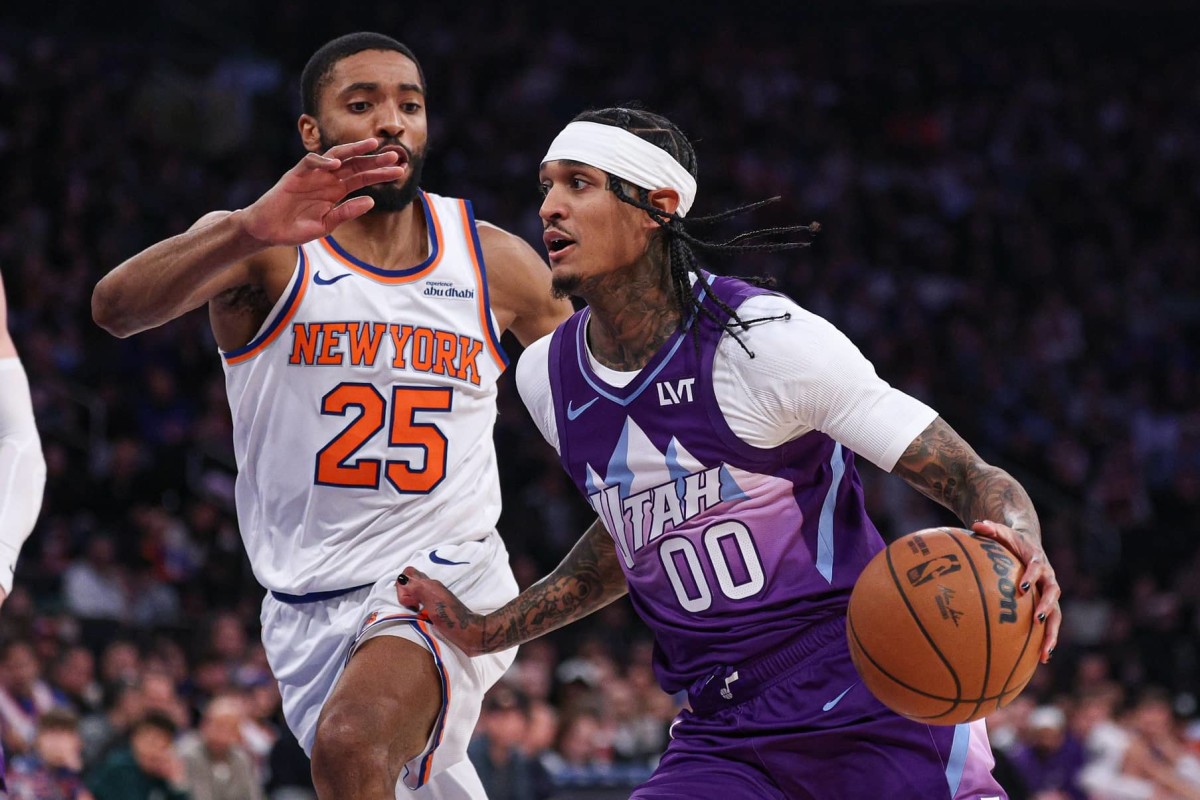
Jordan Clarkson joined the New York Knicks on a veteran-minimum contract after a buyout with the Utah Jazz. Known for his scoring prowess, Clarkson averaged 16.2 points per game off the bench last season. His addition provides the Knicks with a reliable scoring option to bolster their second unit, enhancing their depth and offensive flexibility.
This move is a win for the Knicks, offering a proven scorer without impacting their salary cap significantly. His presence strengthens the Knicks' bench, providing them with a potent offensive weapon and improving their overall roster balance.
Worst Signings
1. Milwaukee Bucks Shedding Damian Lillard For Myles Turner
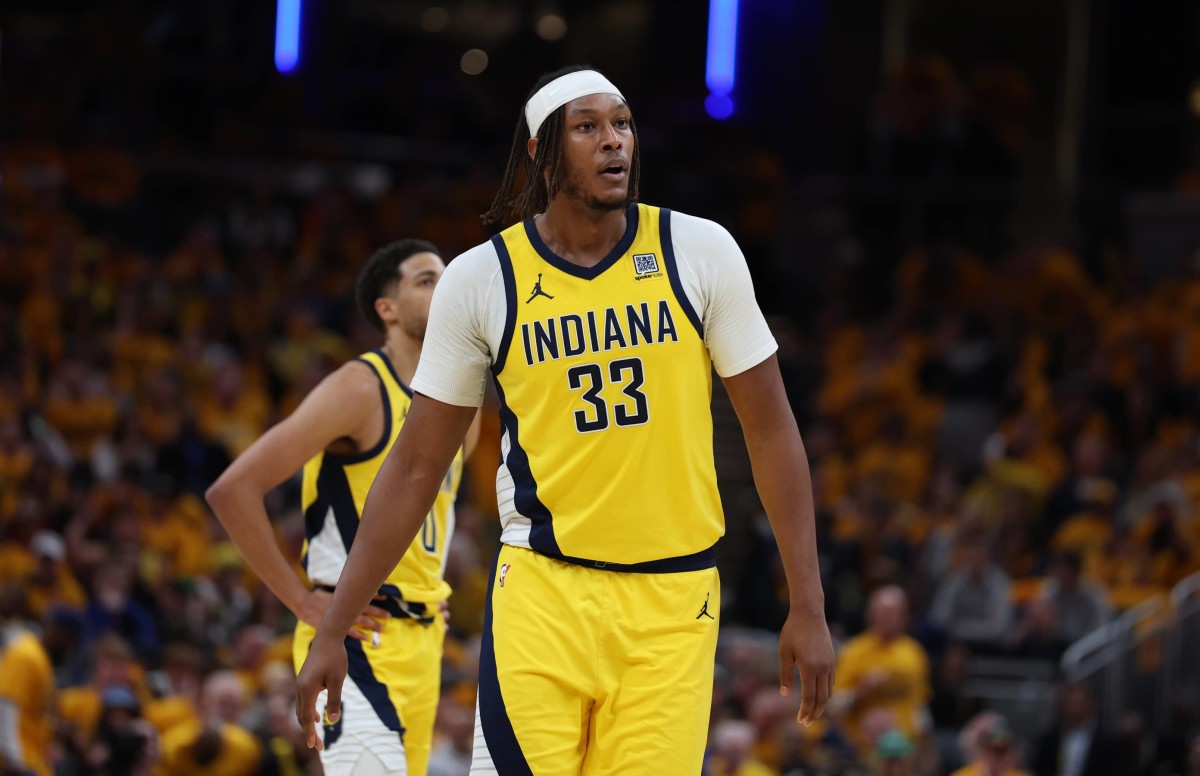
Milwaukee’s commitment to Myles Turner involved a four-year, $107M contract and stretching Lillard’s $113M over five years ($22.5M annually). Turner, providing rim protection and spacing with 2.0 BPG and 39.6% three-point shooting, fills a need, but the cost is steep: surrendering Lillard’s 24.9 PPG, 7.1 APG, and veteran leadership.
The extended Damian Lillard stretch leaves long-term dead cap space and no asset relief, while the loss of elite scoring depth threatens Milwaukee’s offensive balance. Plus, Giannis reportedly expressed displeasure, raising questions of locker-room disruption and playoff readiness.
2. Lakers Opt For Jake LaRavia, Indicating They Couldn't Get Anybody Else
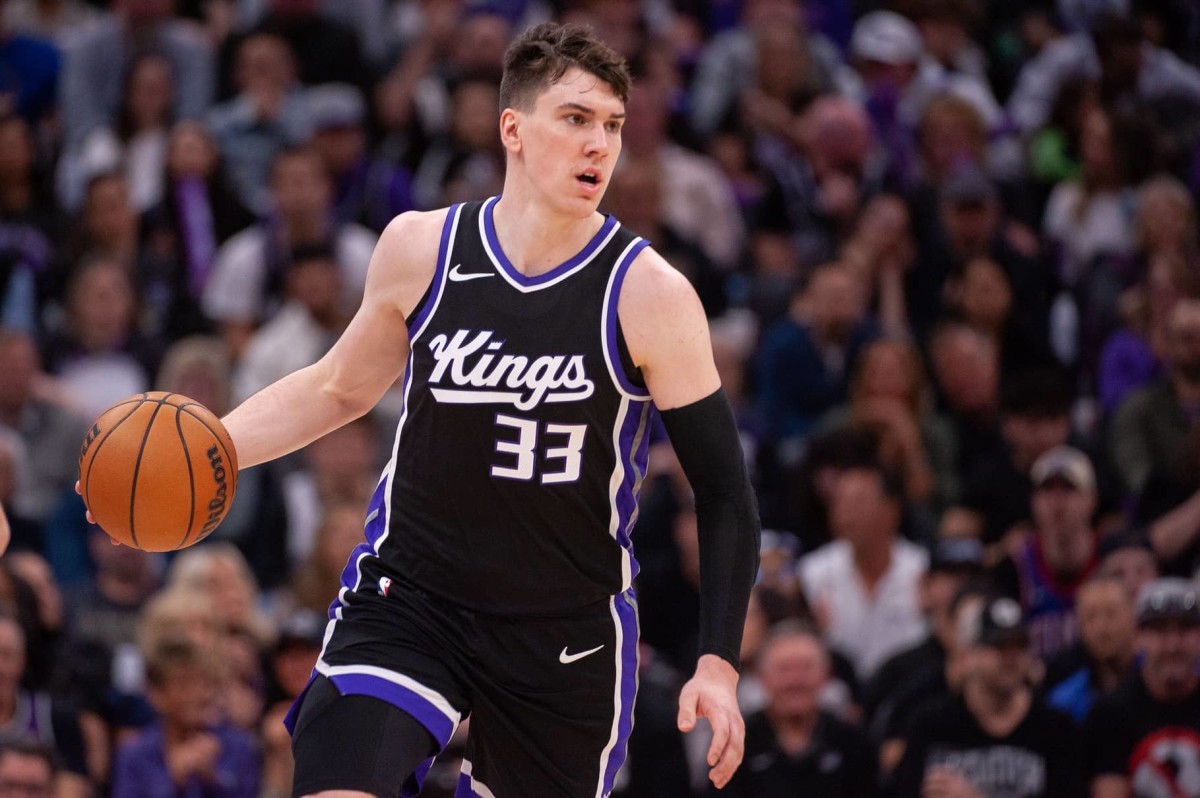
L.A. signed Jake LaRavia to a two-year, $12M deal, $5.16M cap hit in 2025-26, after disappointing in free agent pursuits. Though he flashed potential in spot duty for Memphis, he remains unproven and thrust into a veteran-heavy roster aiming for a title.
This investment in developmental upside over established contributors suggests miscommunication in recruiting and a lack of ambition. Lakers fans are left asking whether cap space was wasted on a project rather than playoff-ready depth.
3. Los Angeles Settling For Deandre Ayton
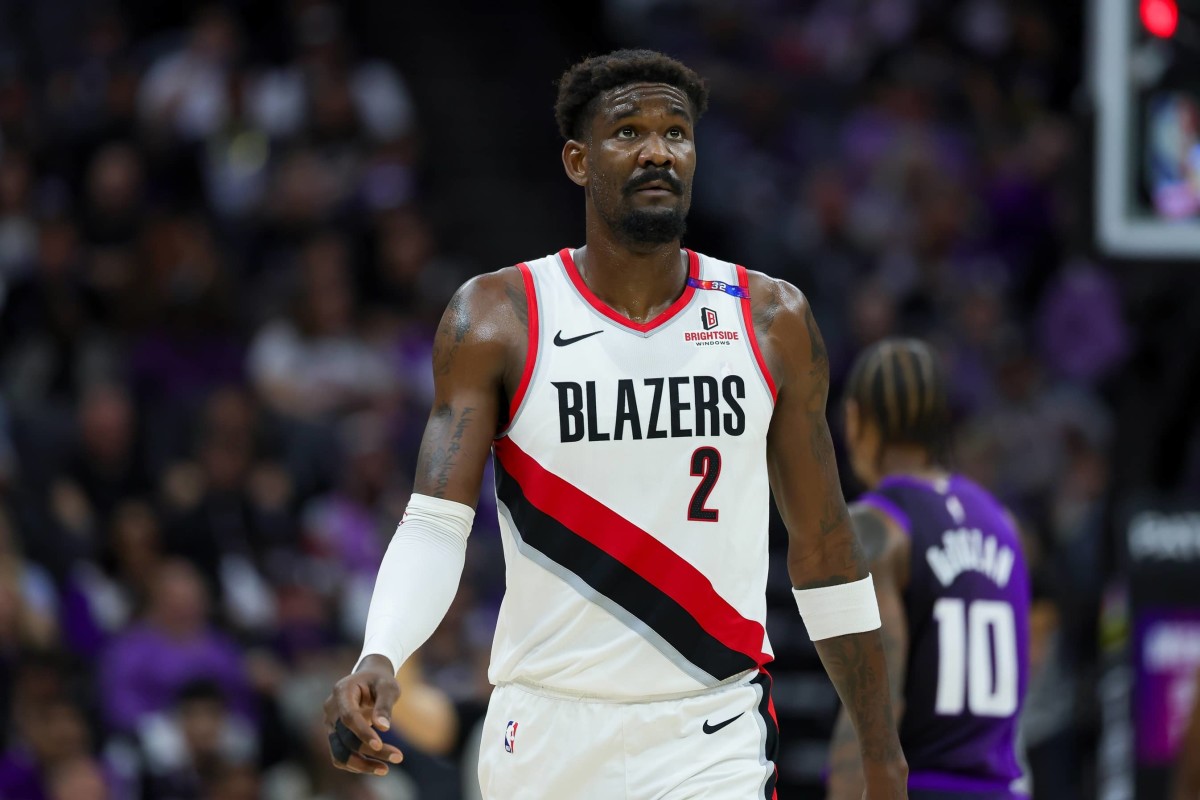
Deandre Ayton signed a two-year, $16.6M contract with a player option for Year 2, and also collected over $25M via buyout payments, bringing his total 2025-26 earnings to $34M. Last season, he posted solid numbers: 14.4 PPG, 10.2 RPG, 56.6% FG, but his lack of 3-point shooting and defensive inconsistencies don’t mesh with Los Angeles’ star-driven style alongside Luka Doncic and LeBron James.
He’s an expensive rotation filler behind $50M+ stars, yet doesn’t fulfill traditional “stretch big” roles nor upgrade rim protection, making this signing feel uninspired, mismatched, and stuck in a salary logjam.
4. Bucks Giving Kevin Porter Jr. A Two-Year Deal
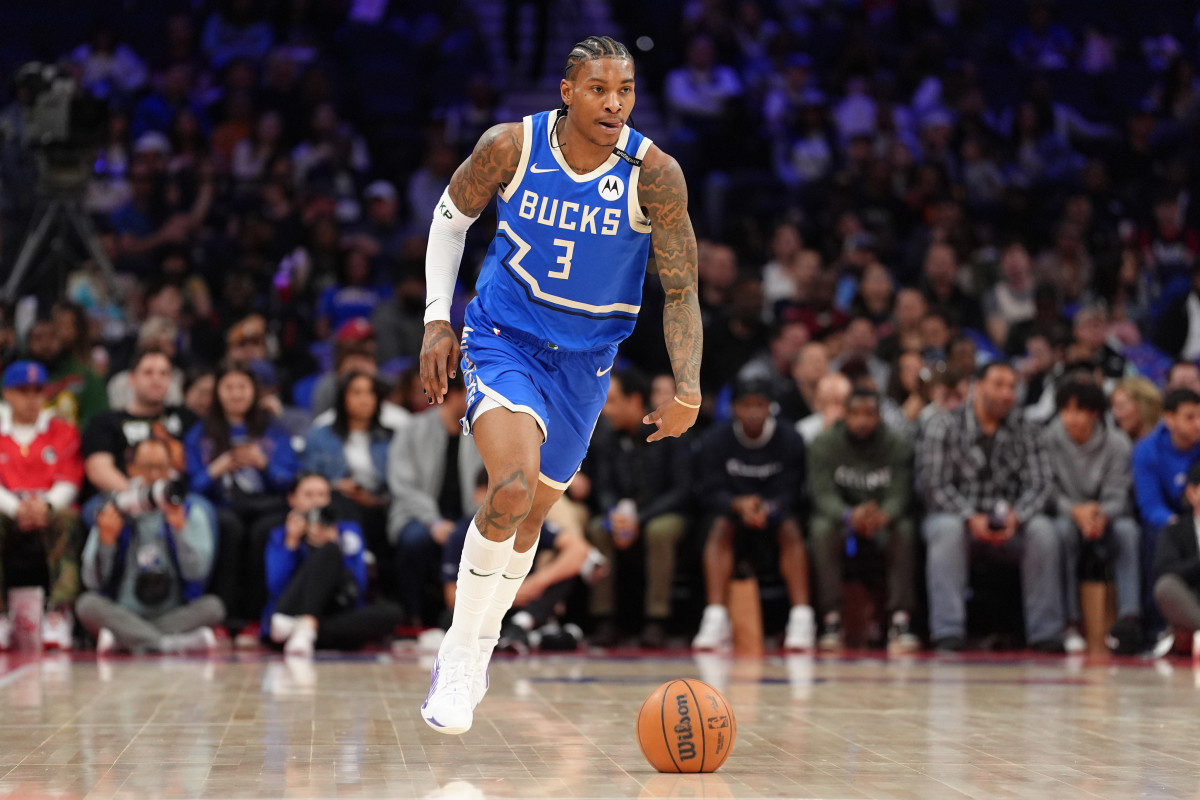
Milwaukee locked in Kevin Porter Jr. on a two-year, $11 million deal, leveraging the bi-annual exception to pay him roughly $5.1 M in year one, with a player option in 2026-27 and continued mid-level exception flexibility. Having declined a $2.5 M player option, he earned a substantial raise after averaging 11.7 PPG with 49.4% FG and 40.8% 3PT during his stint in Milwaukee.
While Porter Jr. provides youthful scoring and shot creation, committing multi-year, midlevel money to a player with a history of inconsistency and off-court concerns is a risky situation. Milwaukee could have reserved this spot for a more experienced, proven backup guard, especially in a post-Lillard era where long-term floor leadership and defensive reliability are in high demand.
5. San Antonio Overpaying For Luke Kornet
Luke Kornet agreed to a four-year, $41 million contract with the San Antonio Spurs. The 7-foot-2 center averaged 6.0 points, 5.3 rebounds, and 1.0 blocks per game last season, contributing to the Boston Celtics' playoff run. His signing addresses the Spurs' need for a backup center behind Victor Wembanyama.
However, the contract raises eyebrows due to Kornet's limited production and the Spurs' focus on developing young talent. Investing a substantial amount in a backup center was quite surprising to us. We like Kornet, and the Celtics will miss him, but $41 million was hefty.
More must-reads:
- Ben Simmons reportedly made shocking Knicks decision
- Kevin Love reportedly unlikely to open season with Jazz
- The 'Longest receptions of the 2024 NFL season' quiz
Breaking News
Trending News
Customize Your Newsletter
 +
+
Get the latest news and rumors, customized to your favorite sports and teams. Emailed daily. Always free!








